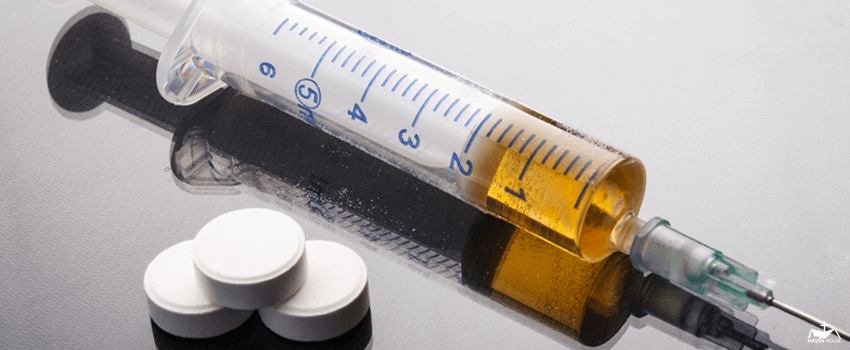
Typically, a heroin abuser may inject up to four times a day.
Smoking and sniffing heroin do not produce a “rush” as quickly or as intensely as intravenous injection, NIDA researchers have confirmed that all three forms of heroin administration are addictive.
Over 80% of heroin users inject with a partner, yet 80% of overdose victims found by paramedics are found alone.
Heroin accounts for the majority of the illicit opiate abuse in America.
According to the National Household Survey for 1994, 2.2 million Americans have tried heroin; 191,000 had used it in the previous 30 days.
Heroin’s potent pain-relieving properties may actually conceal symptoms of real physical illness or disease such as pneumonia and delay treatment.
Recent studies suggest a shift from injecting to snorting or smoking heroin because of increased purity and the misconception that these forms of use will not lead to addiction.
Heroin is processed from morphine, a naturally occurring substance extracted from the seed-pod of the Asian poppy plant.
Heroin usually appears as a white or brown powder.
According to DAWNs Year End 1998 Emergency Department Data, 14 percent of all emergency department drug-related episodes had mentions of heroin/morphine in 1998.
Heroin abuse is associated with serious health conditions, including fatal overdose, spontaneous abortion, collapsed veins, and infectious diseases, including HIV/AIDS and hepatitis.
When the effect wears off, the person may feel slightly drowsy for a day or so. After that they return to normal.
However, if they start using heroin on a daily basis after a period . usually a few weeks . tolerance to the drug develops. The body’s natural way of responding to this excess of opiates is to reduce the number of opioid receptors in the brain. This means the user must administer larger and larger doses of heroin to get the same physical effect.
When heroin is no longer in the body, with too few opioid receptors and not enough heroin, there are a number of physical and biochemical changes which give rise to withdrawal symptoms, including: irritability, anxiety, muscle cramps, abdominal pains, chills, nausea, diarrhea, sweating, sniffing, sneezing, weakness and insomnia.
These extremely uncomfortable sensations begin within 12 hours of not using, and peak after two to four days; subsiding after about a week. Death from withdrawal is rare.
People who use heroin regularly suffer a range of physical conditions. Some of these relate to the effects of the drug itself, some relate to the way the drug is administered, and others relate to the lifestyle that often accompanies regular use of the drug.
Newsletter Signup
Discipleship Training
“The teaching of the wise is a Fountain of Life, turning a person from the snares of death.”
Proverbs 13:14 NIV


